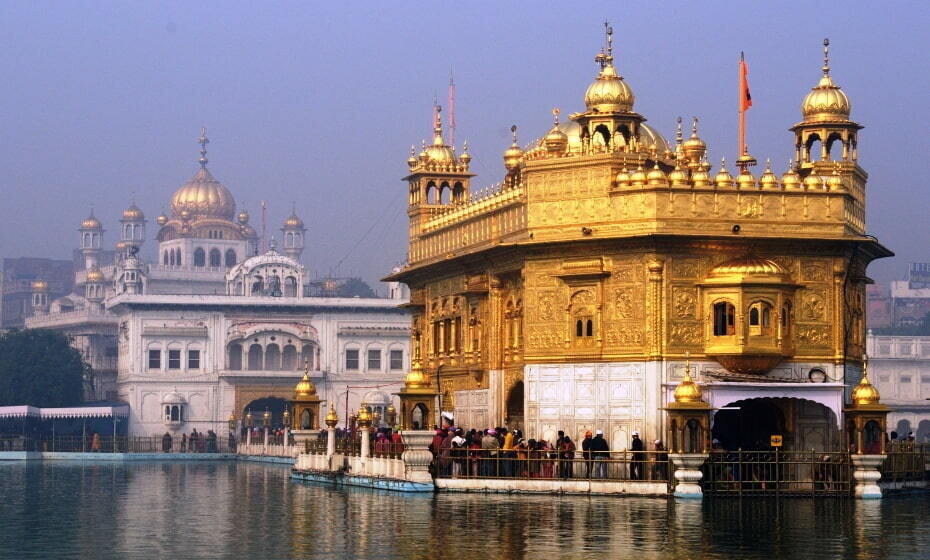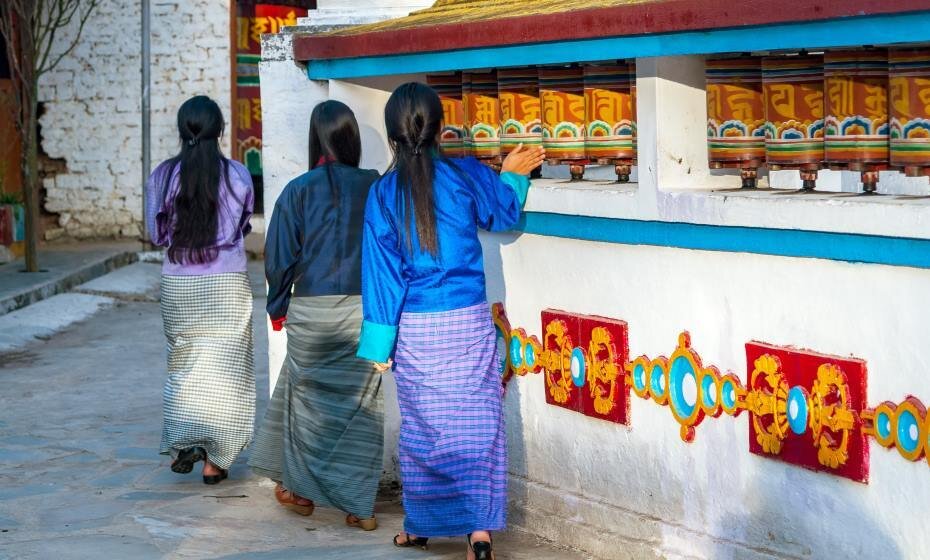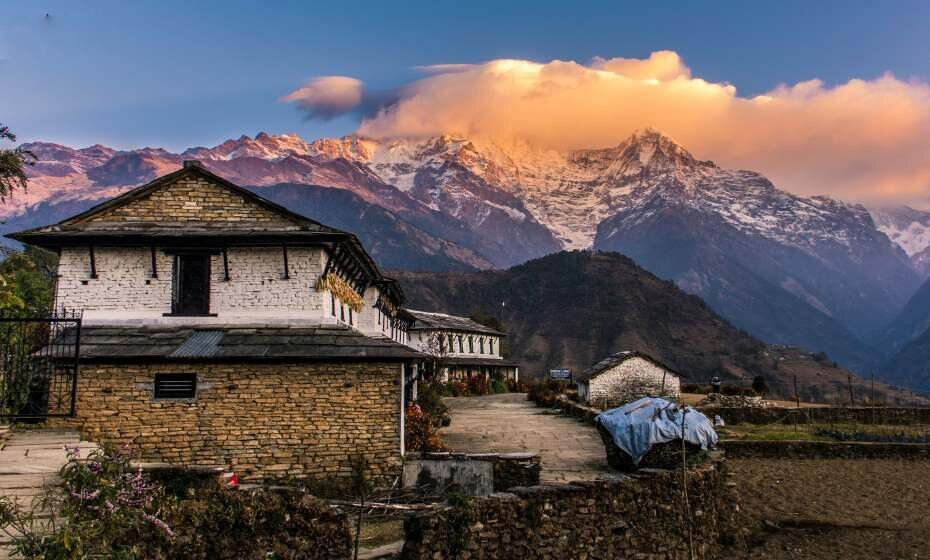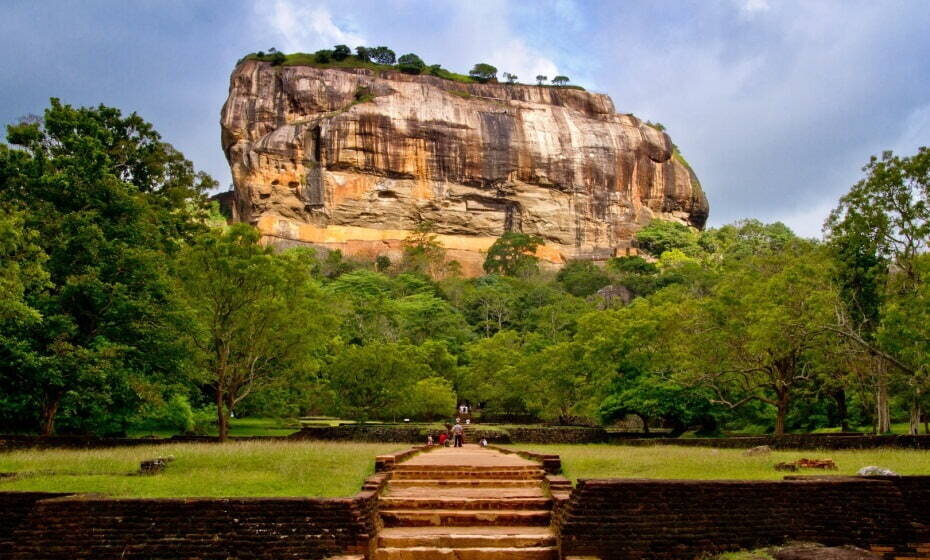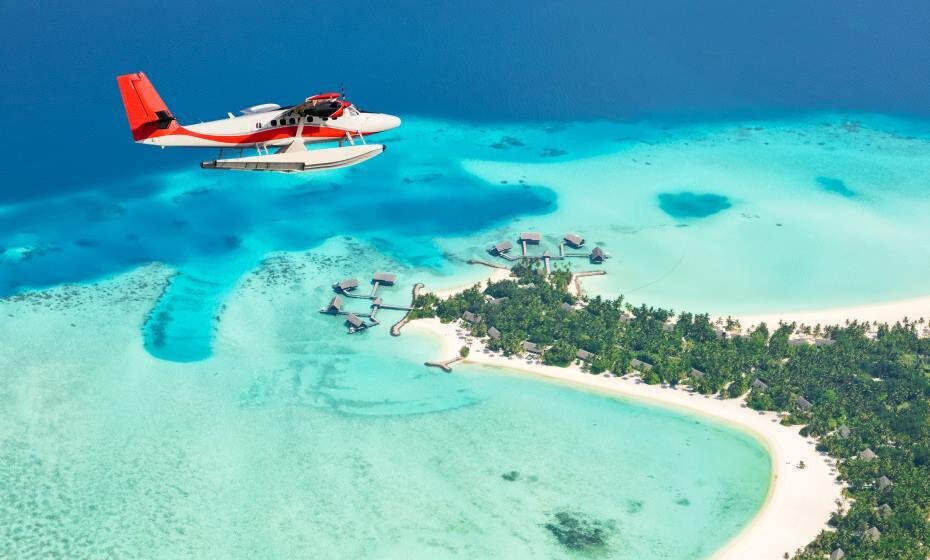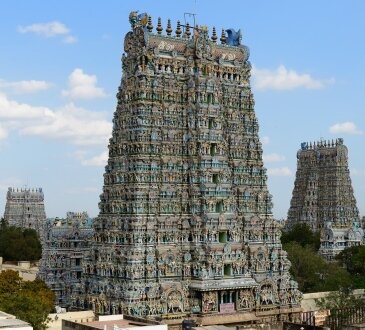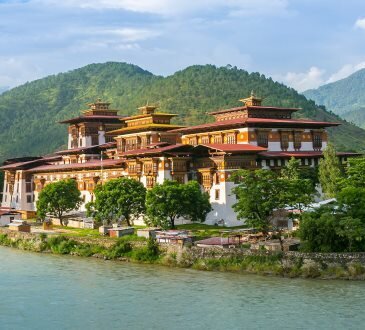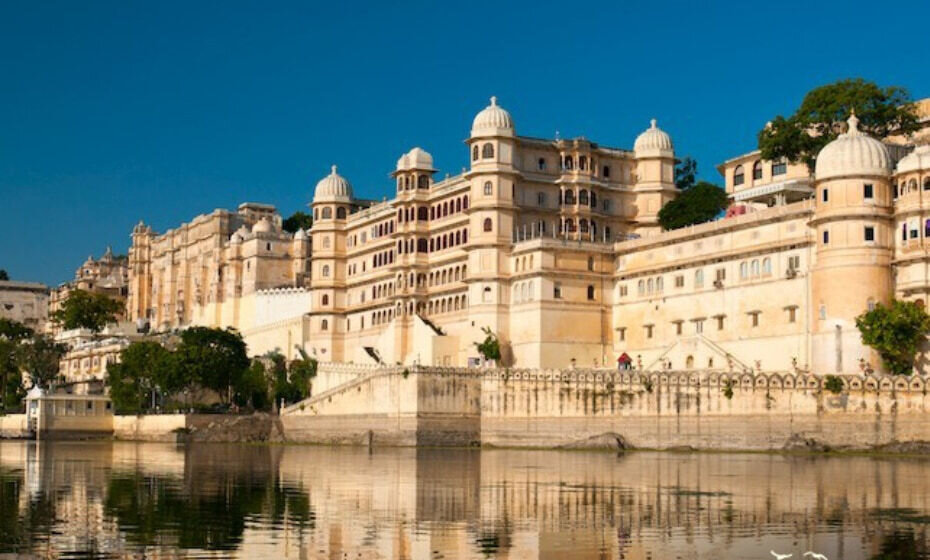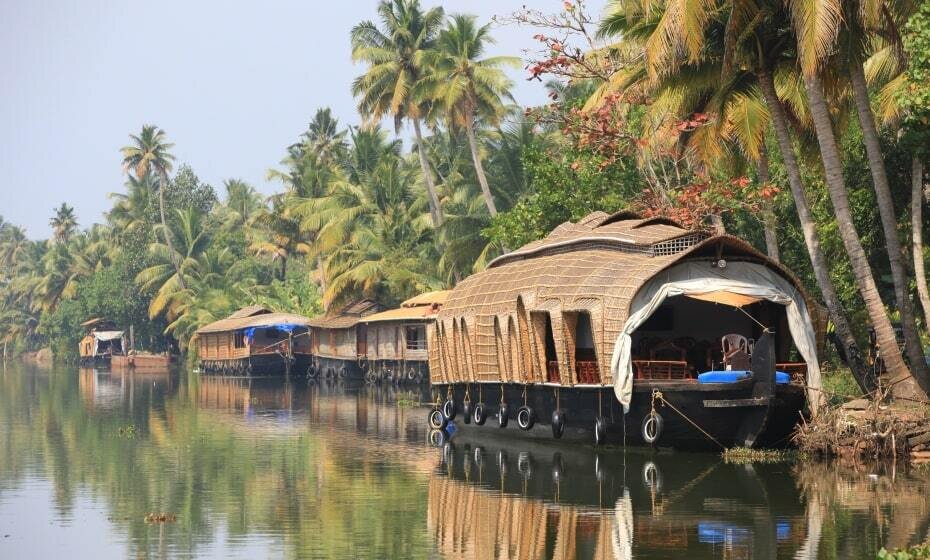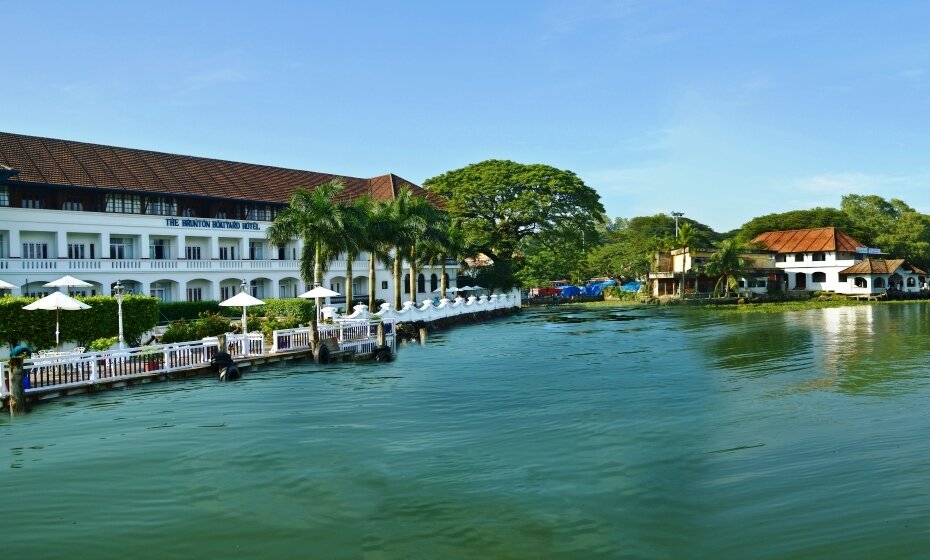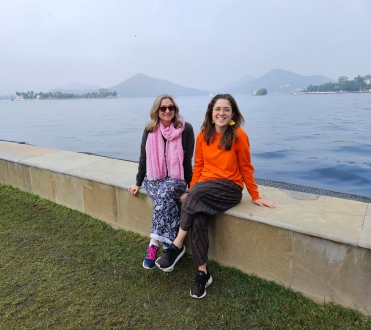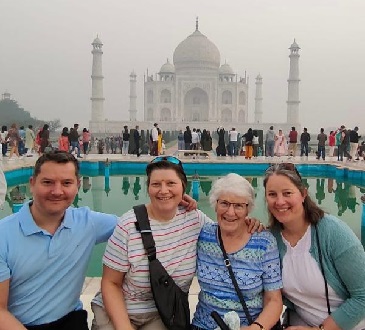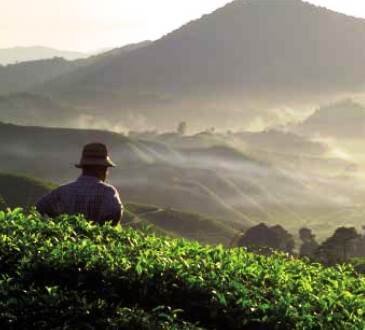Authentic India Tours
Choose Authentic India Tours and discover the magic of the Indian sub-continent with a tailor-made or group tour. Whether you want to explore the Golden Triangle, experience Kerala and the beautiful backwaters, indulge in a passion for wildlife or art, or simply relax on gorgeous beaches we will create a memorable holiday to match your interests and tastes. All the holidays on this website are ABTA protected. If you would like us to arrange your holiday including flights your holiday will also be ATOL protected.
Bestselling Tours
Customer Reviews
Here are just a few words of feedback from recent clients. You can read more on our client stories page.

